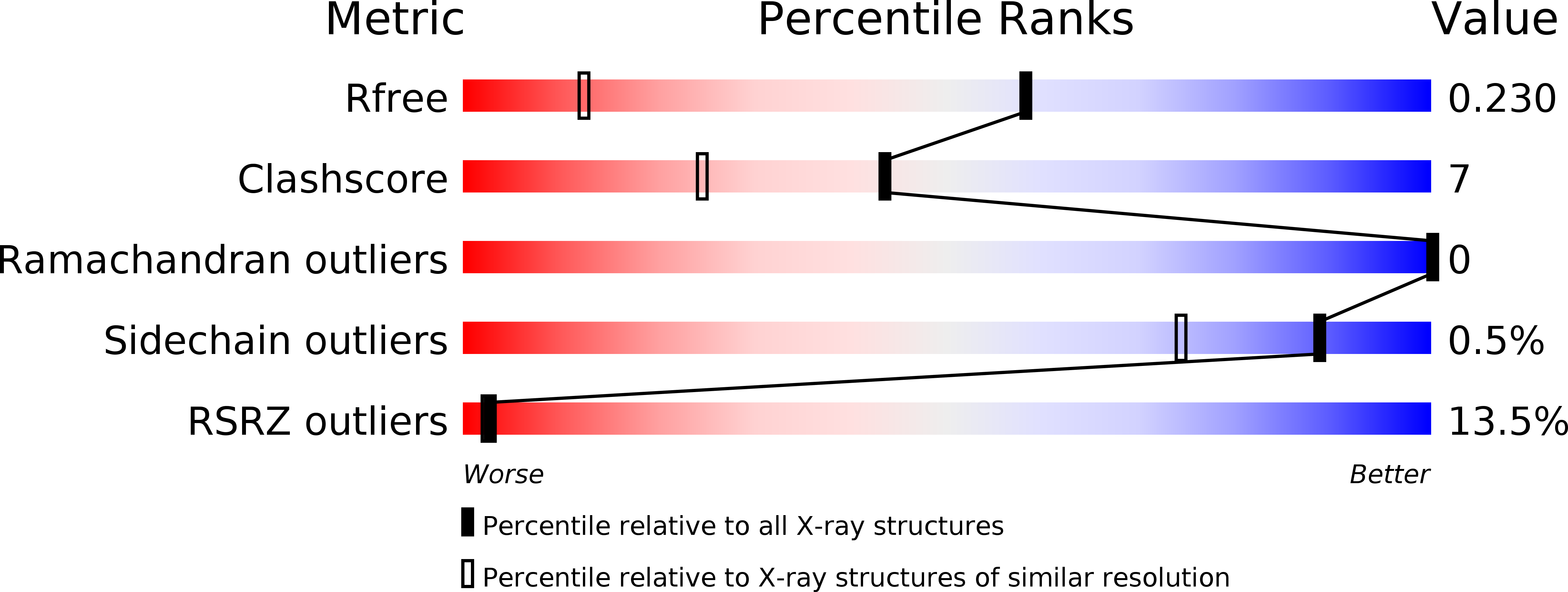
Deposition Date
2003-11-19
Release Date
2005-02-01
Last Version Date
2024-11-20
Entry Detail
PDB ID:
1RJC
Keywords:
Title:
Crystal structure of the camelid single domain antibody cAb-Lys2 in complex with hen egg white lysozyme
Biological Source:
Source Organism:
Camelus dromedarius (Taxon ID: 9838)
Gallus gallus (Taxon ID: 9031)
Gallus gallus (Taxon ID: 9031)
Host Organism:
Method Details:
Experimental Method:
Resolution:
1.40 Å
R-Value Free:
0.23
R-Value Work:
0.22
R-Value Observed:
0.22
Space Group:
P 21 21 21


